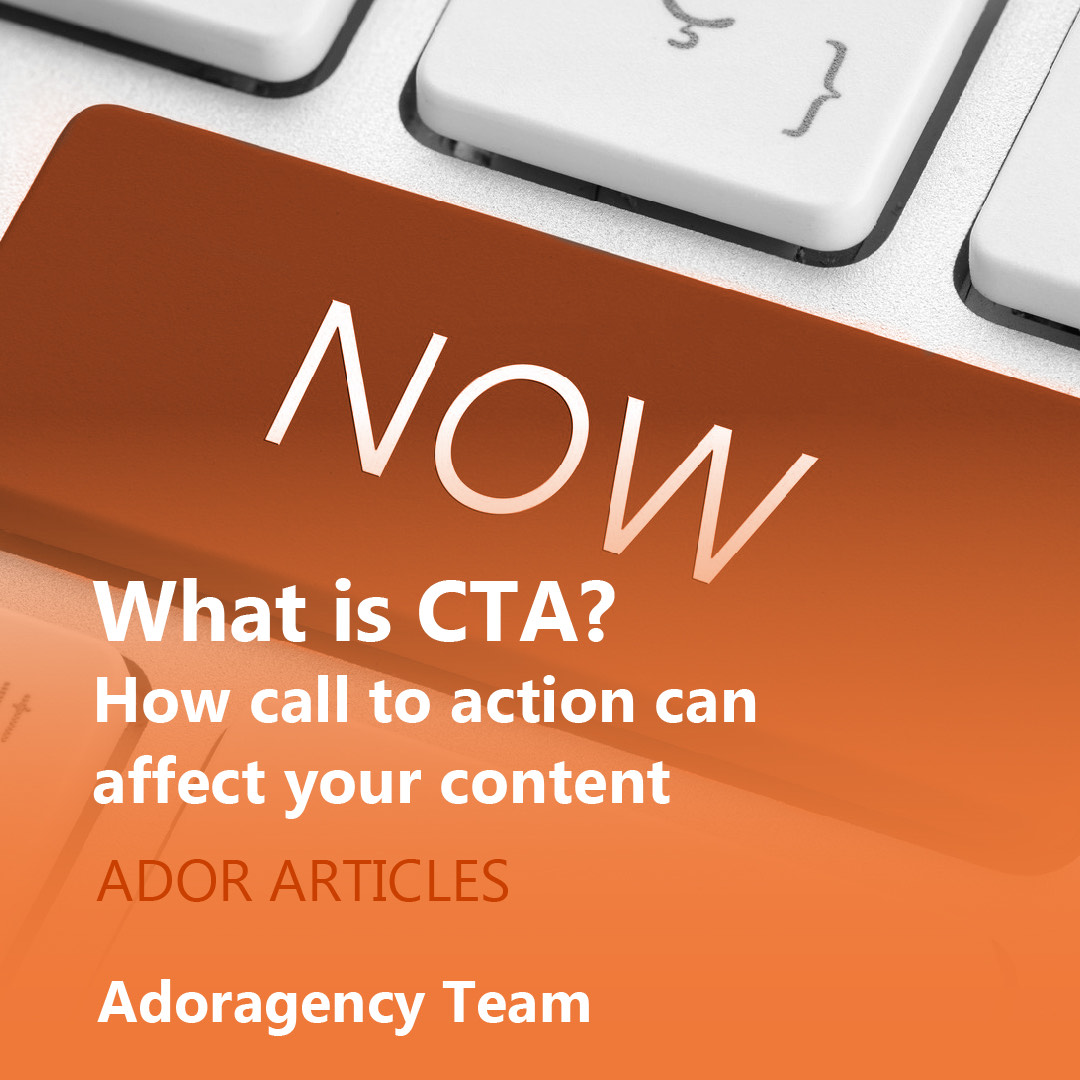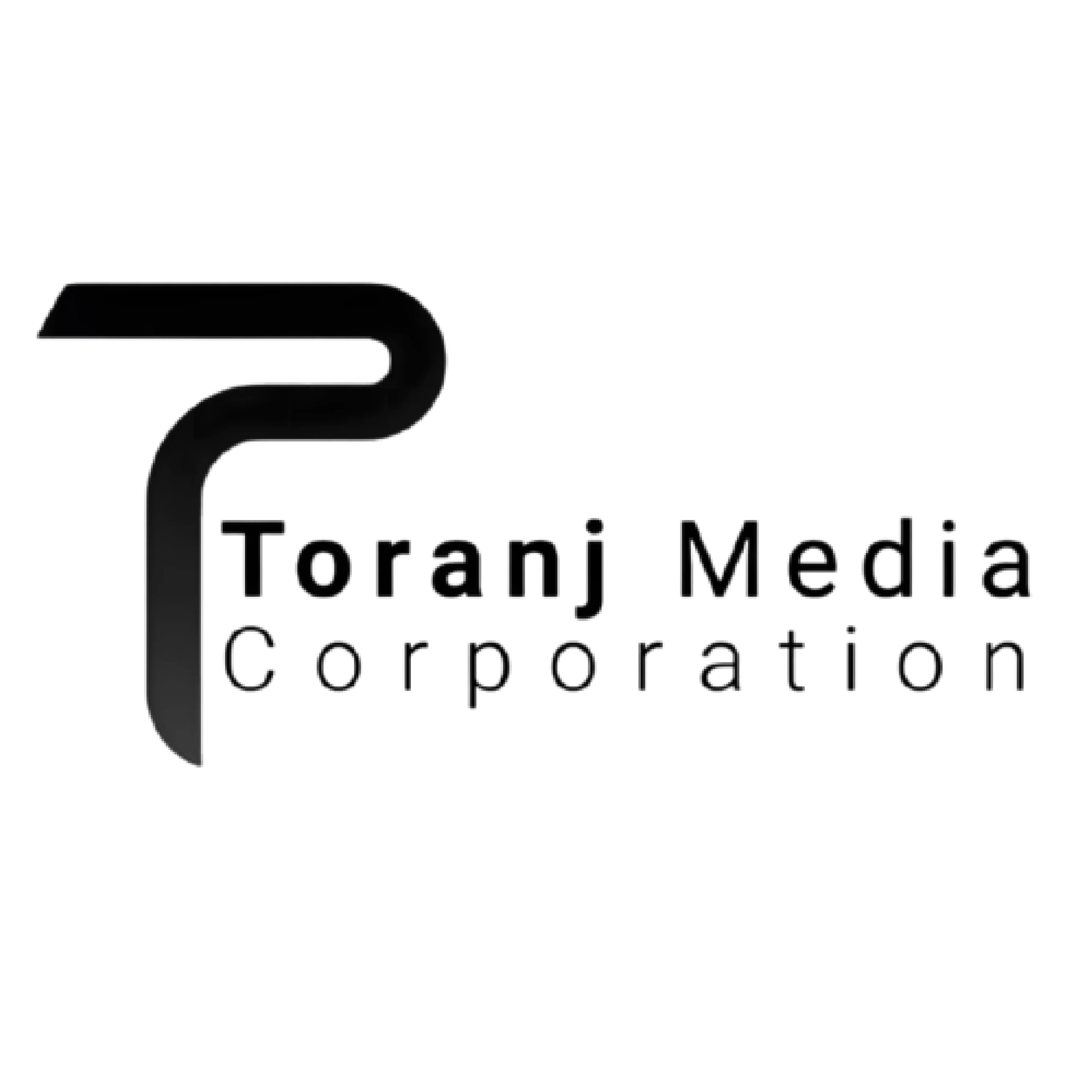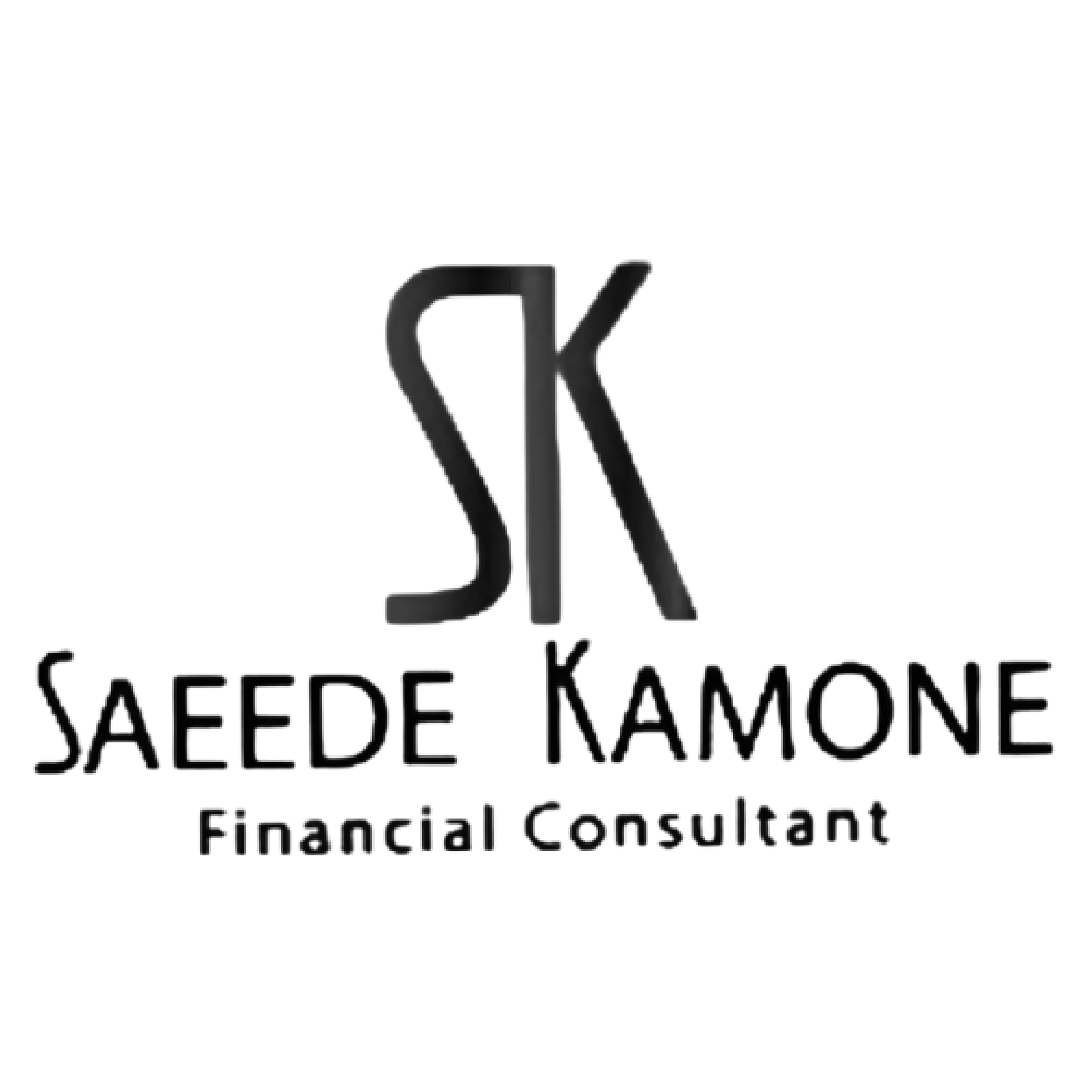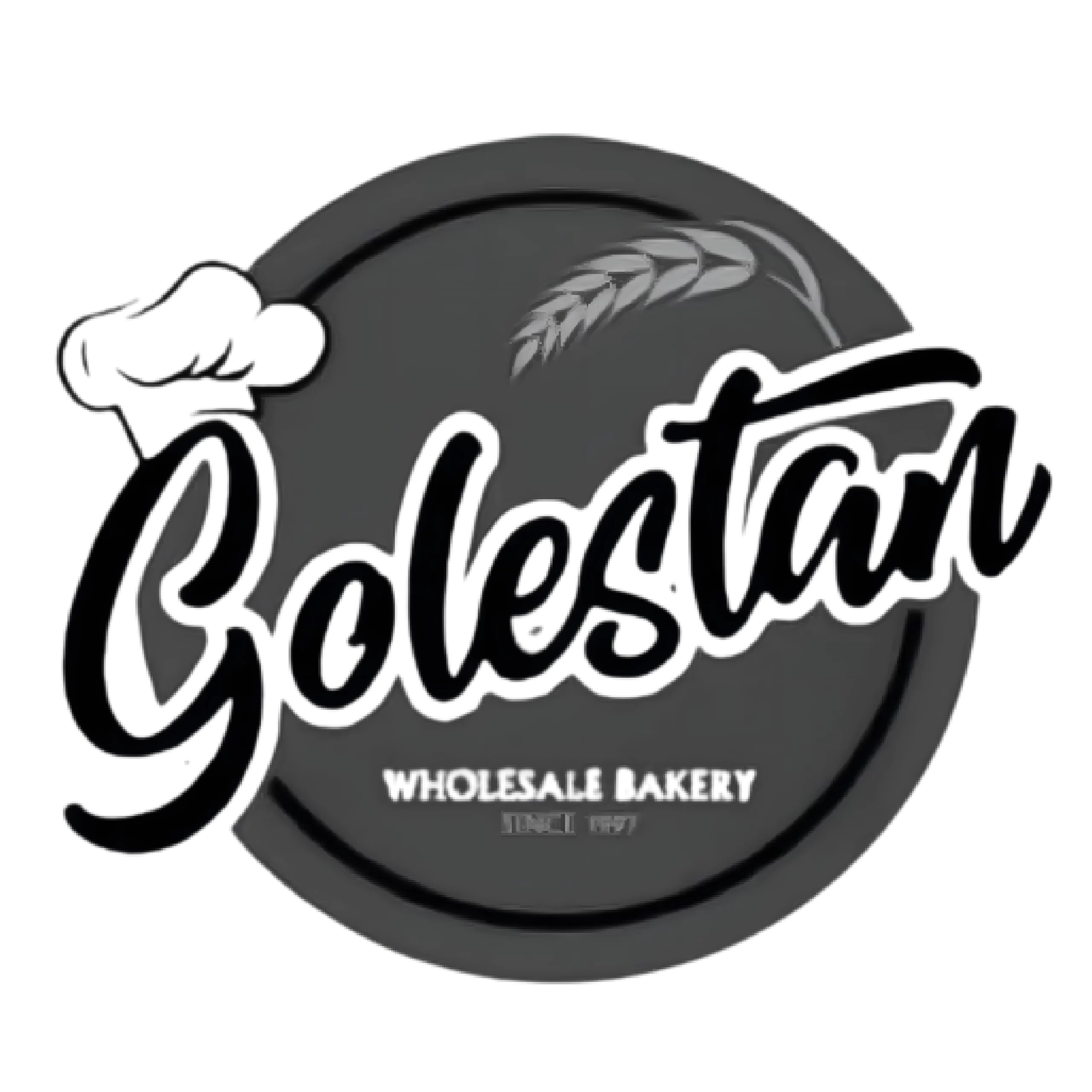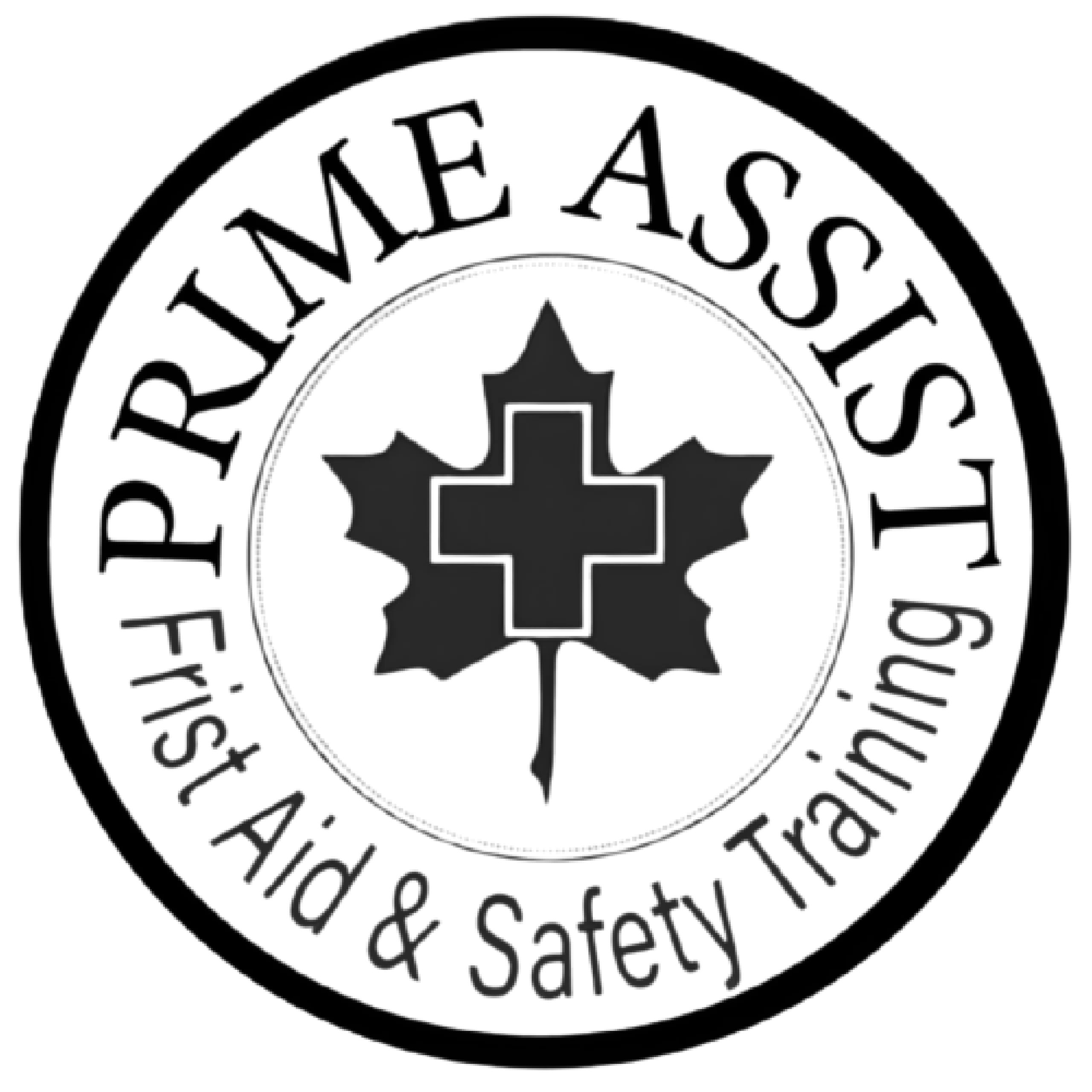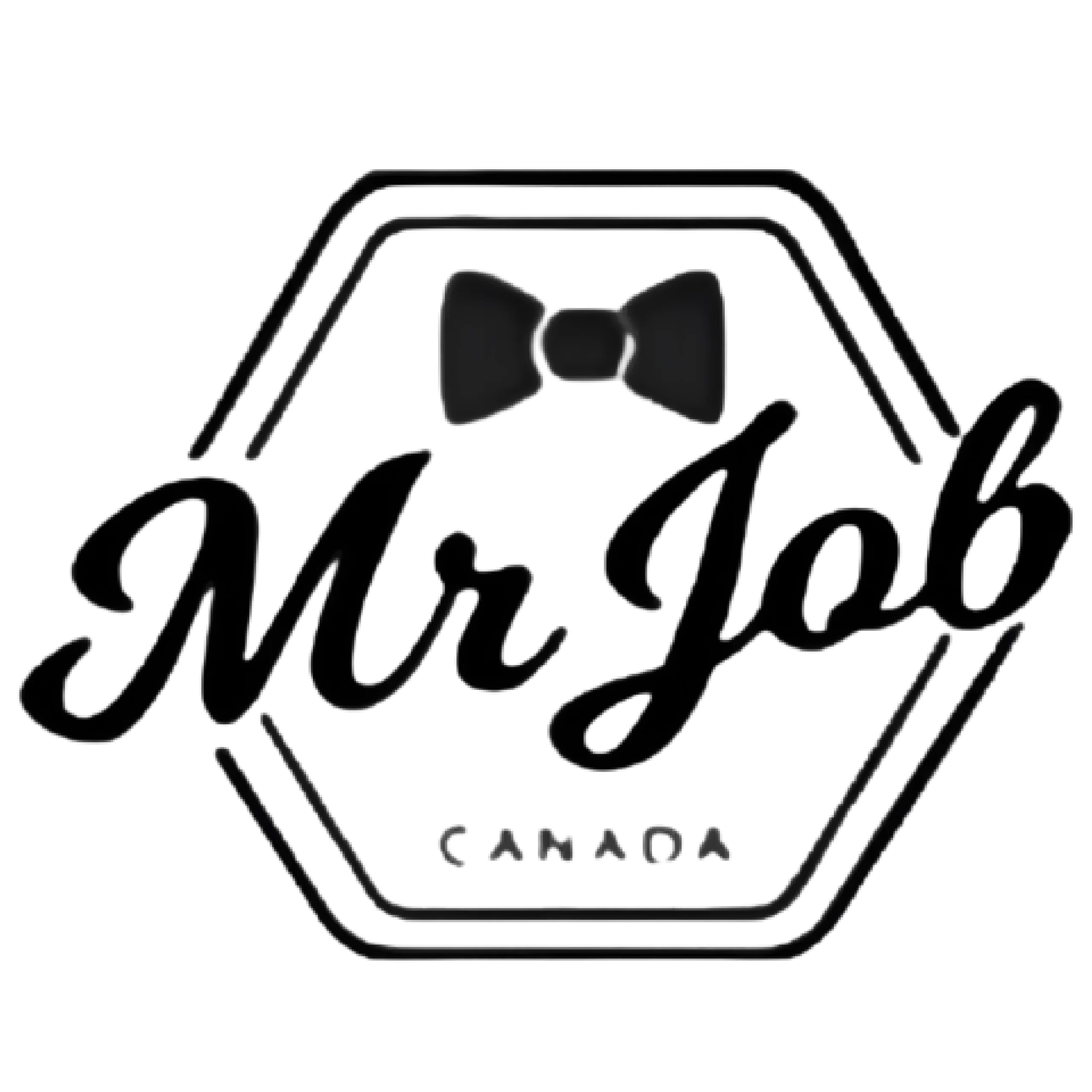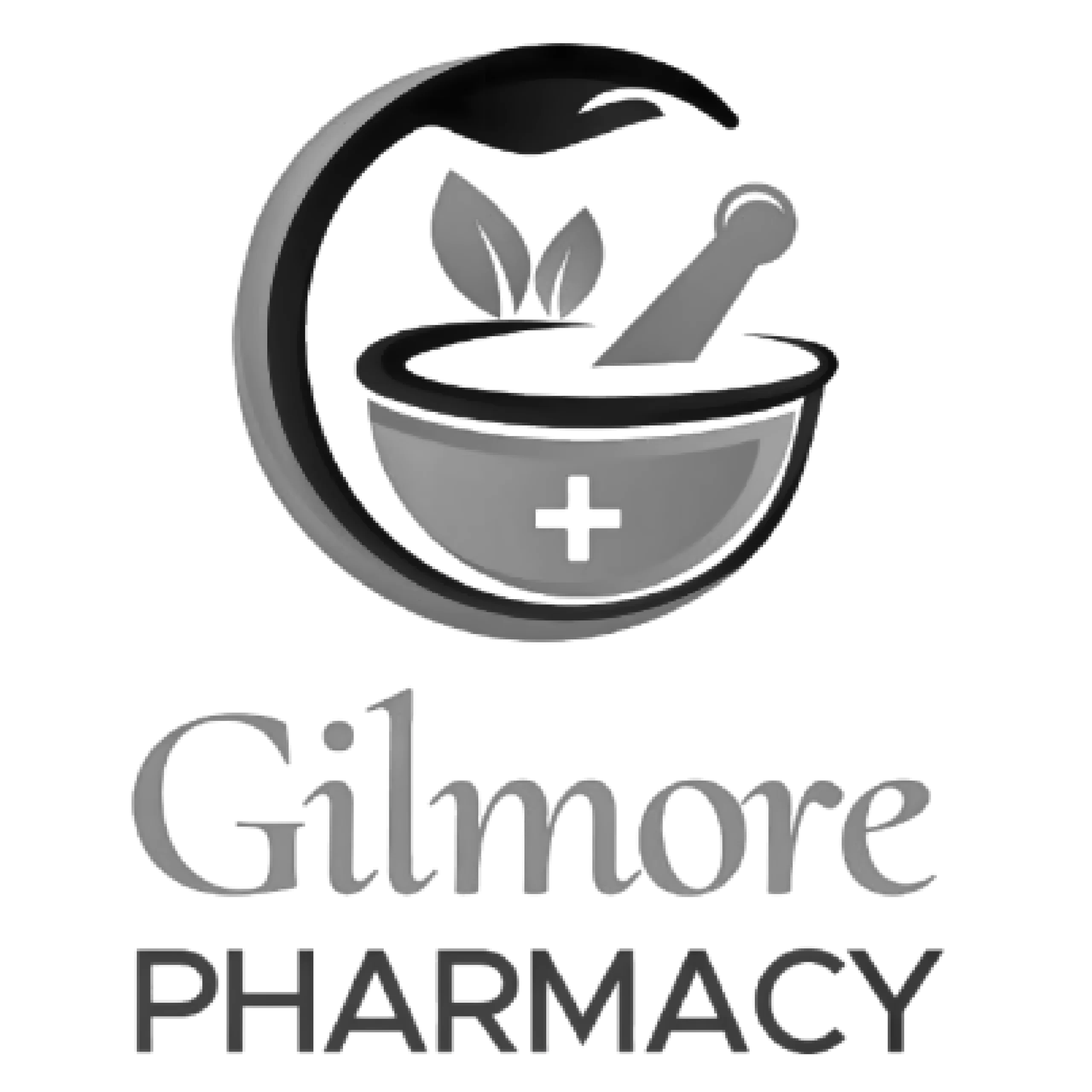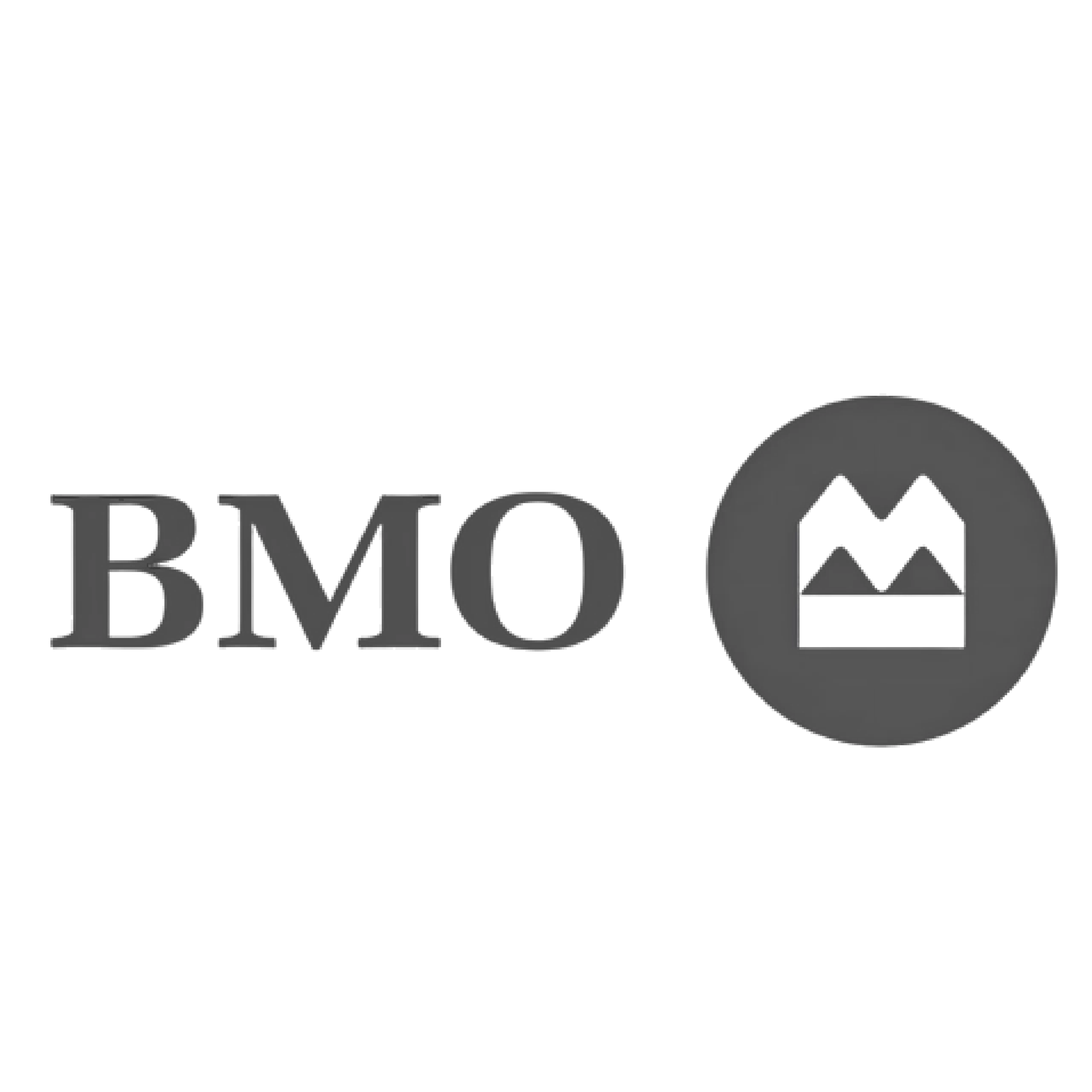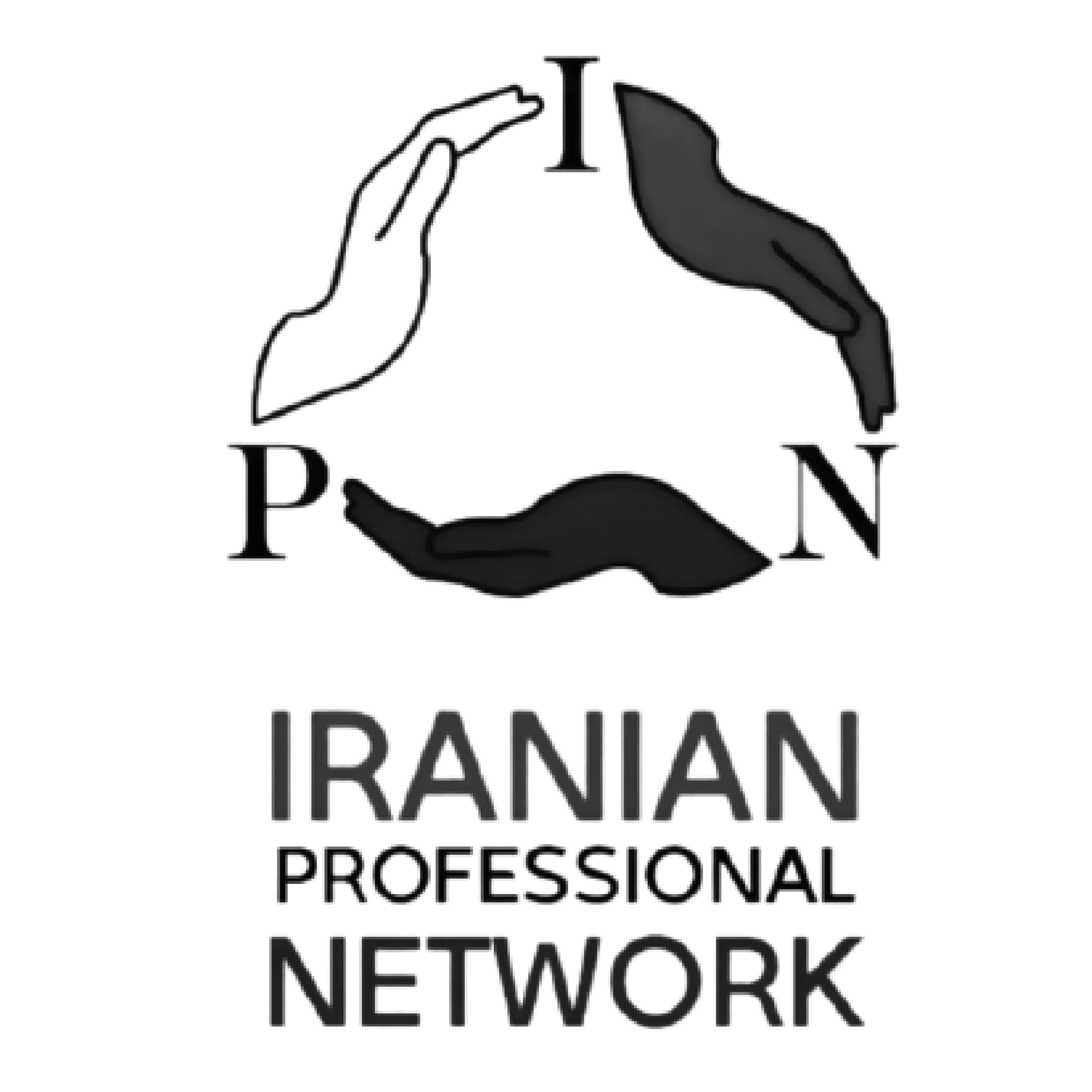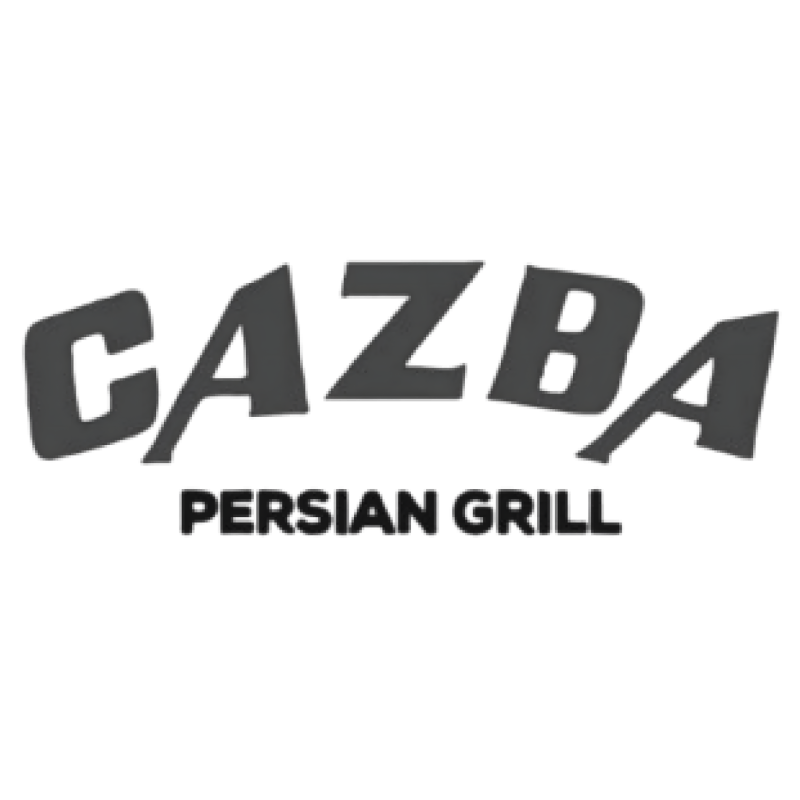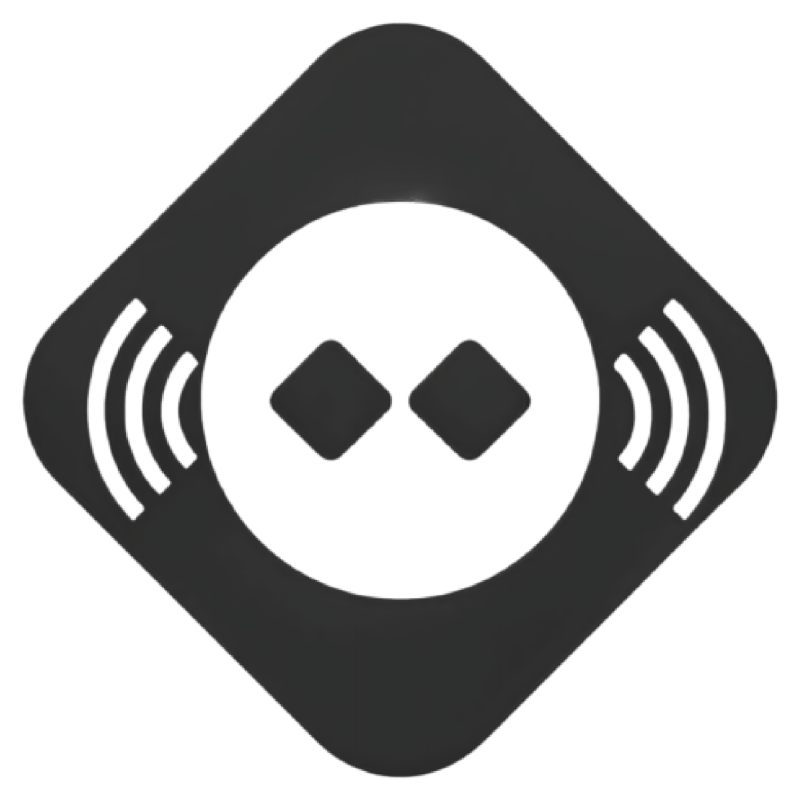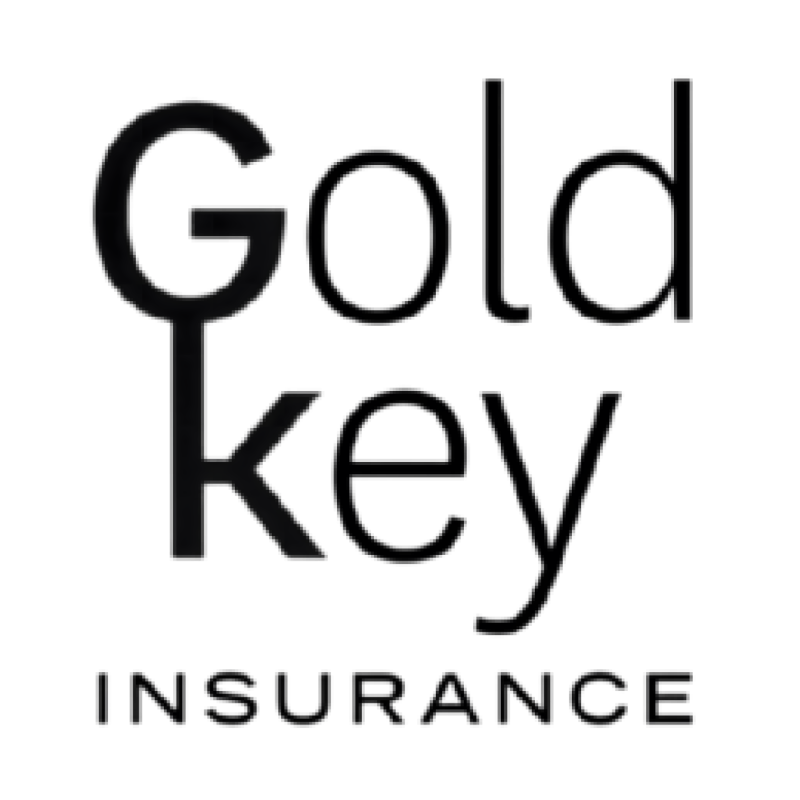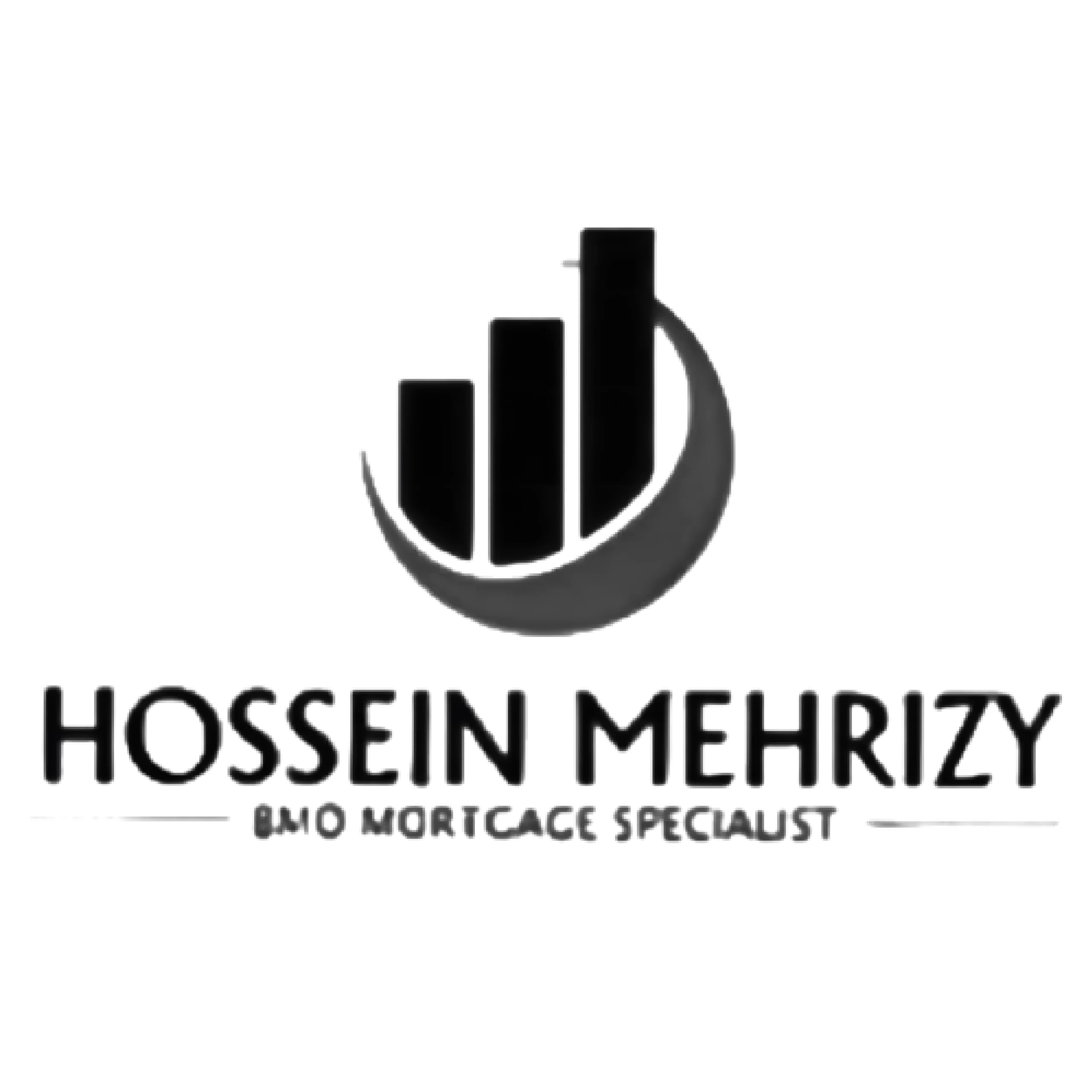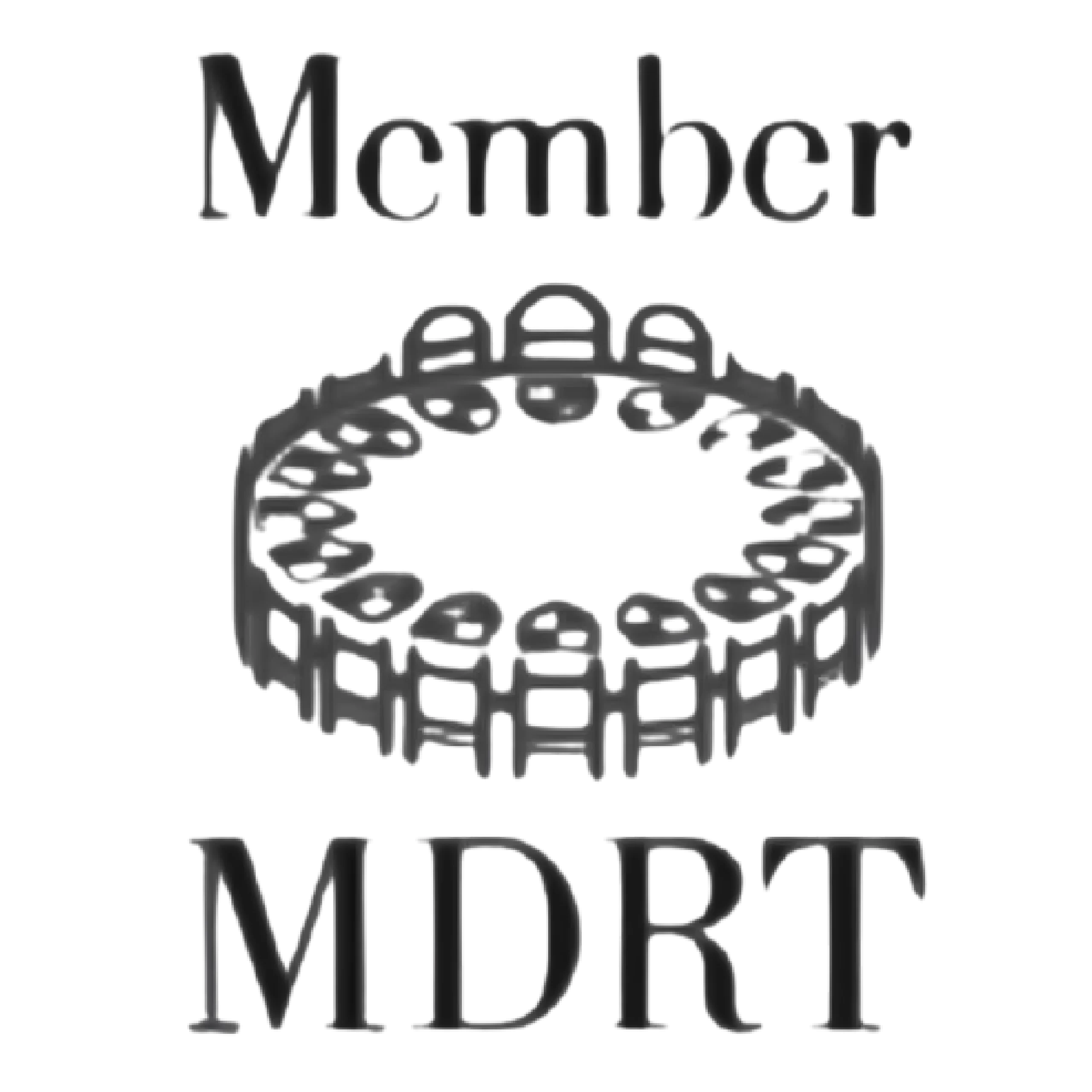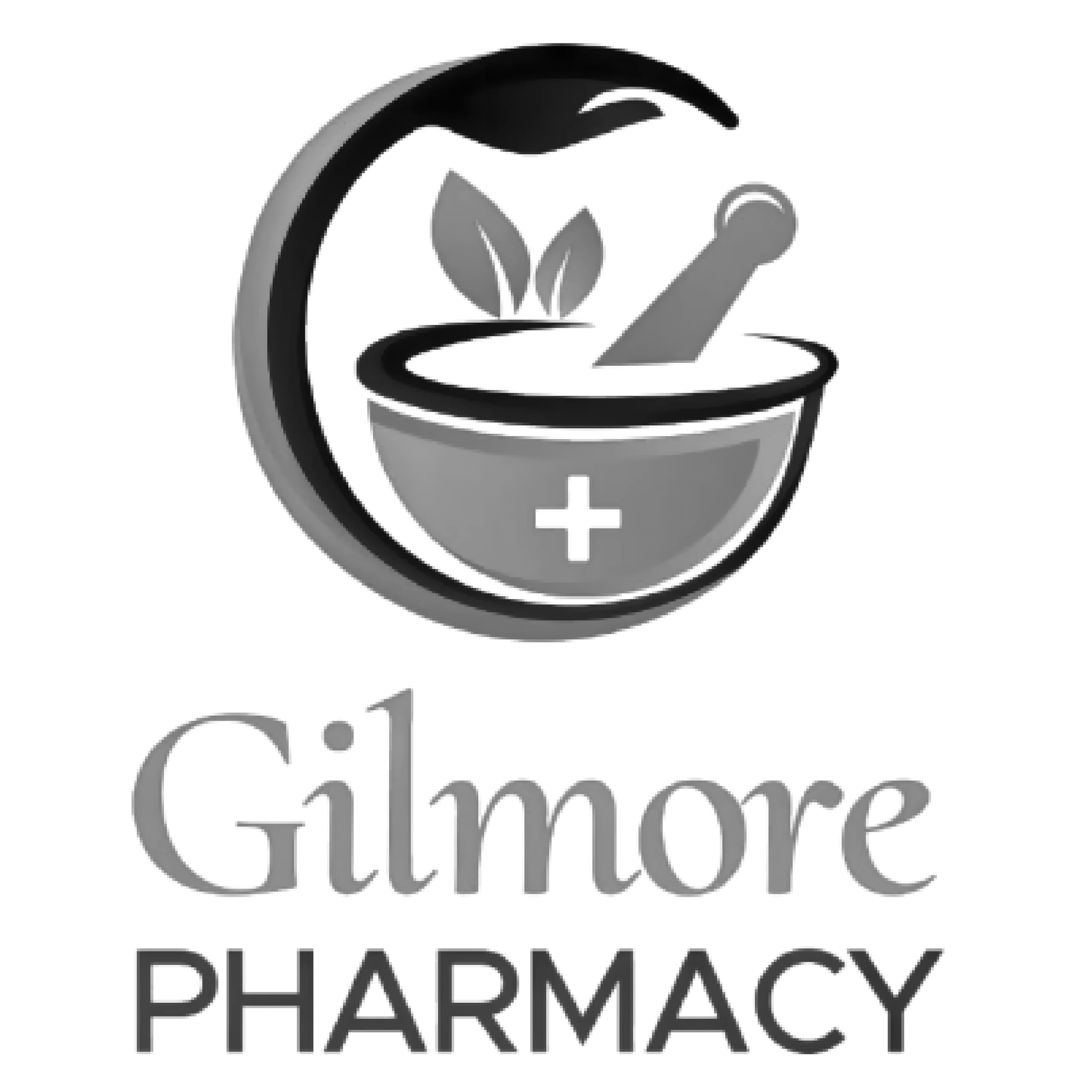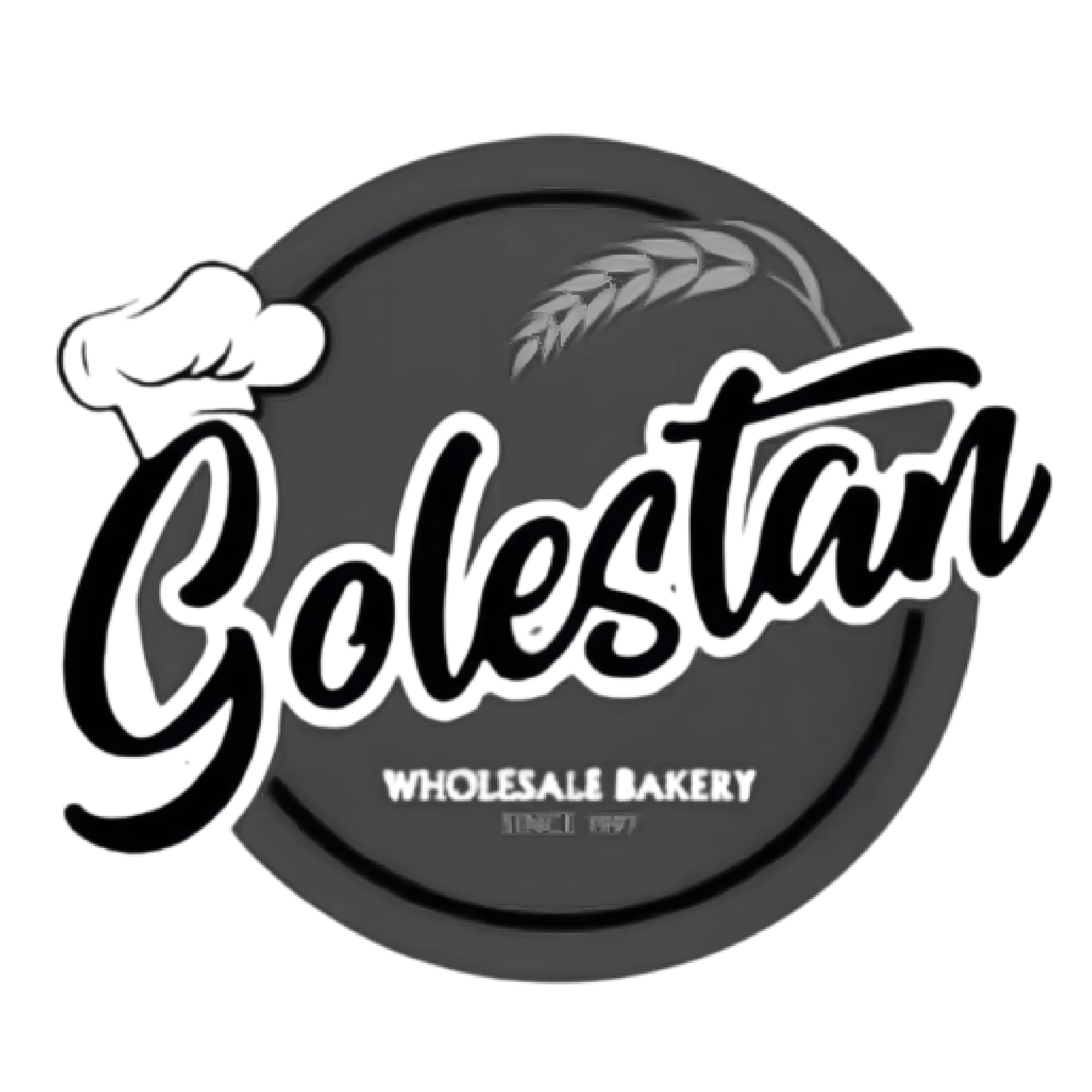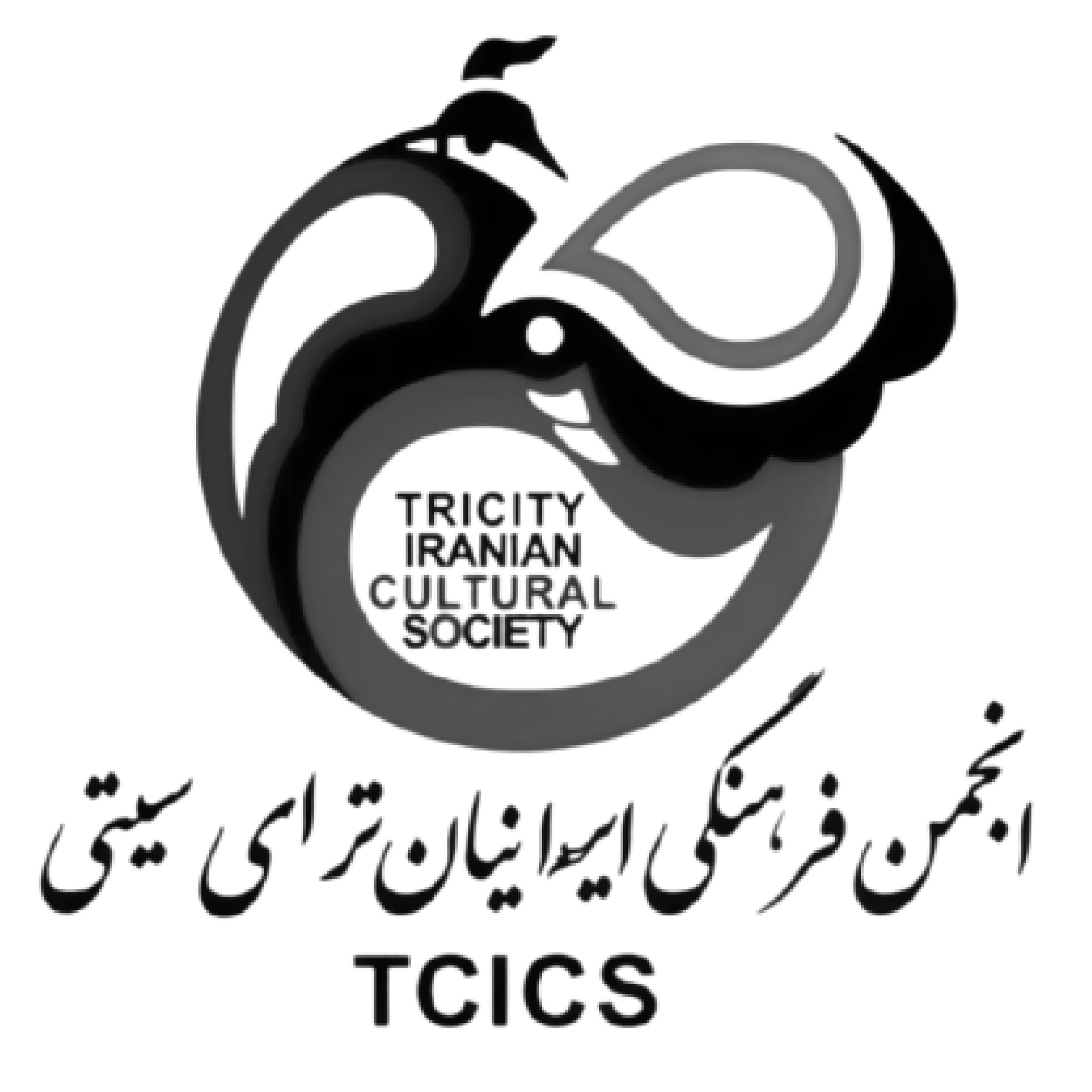Introduction
In today’s digital landscape, where attention spans are shorter than ever, and competition for user engagement is fierce, the humble Call-to-Action (CTA) emerges as a crucial element that can make or break your online success. These strategic prompts serve as digital signposts, guiding visitors from casual browsers to engaged customers. Like a skilled salesperson who knows when to extend an invitation to purchase, a well-crafted CTA anticipates user needs and presents opportunities at the right moment.
Understanding and implementing effective CTAs requires a delicate balance of psychology, design, and strategic thinking. Whether running an e-commerce platform, managing a blog, or developing a service-based website, your CTAs act as conversion catalysts, transforming passive interest into meaningful action. This comprehensive guide explores the fundamental aspects of CTAs, from their basic definition to advanced optimization techniques, providing you with the knowledge and tools needed to create compelling calls to action that resonate with your audience and drive results. As a leading marketing agency in Vancouver, we understand the critical role CTAs play in converting local business prospects into loyal customers.
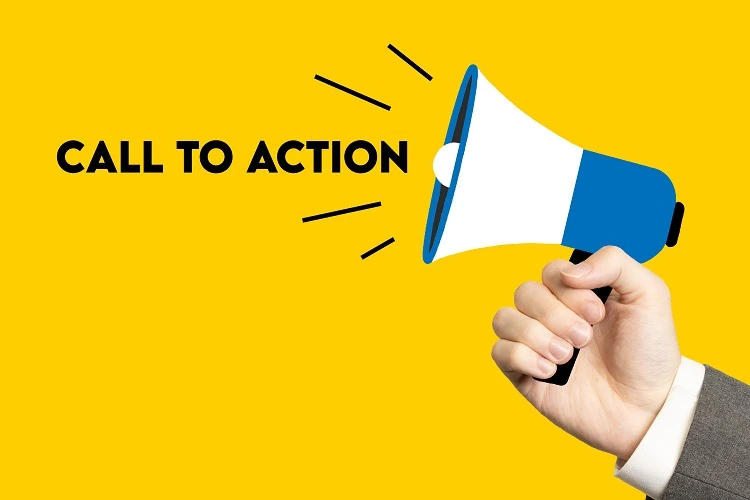
What is a Call to Action or CTA
A Call-to-Action (CTA) represents the bridge between content consumption and meaningful engagement in the digital marketing landscape. Think of it as your virtual salesperson, working tirelessly to guide visitors toward taking specific actions that benefit them and your business. CTAs manifest in various forms, from compelling buttons proclaiming “Start Your Free Trial” to persuasive text links inviting readers to “Discover More About Our Services.”
At its core, a CTA is more than just a button or a link – it’s a psychological trigger designed to create a sense of urgency, value, or curiosity. These strategic elements appear throughout your digital presence, whether on landing pages, blog posts, emails, or social media content. Effective CTAs combine action-oriented language with psychological principles to motivate users to take the next step in their journey with your brand.
Understanding the anatomy of a CTA helps in crafting more effective ones. It typically consists of action verbs, benefit-oriented messaging, and design elements that make it stand out from surrounding content. For instance, a well-crafted CTA might read “Transform Your Marketing Today” rather than the generic “Click Here,” immediately communicating the action required and the value proposition to the user. Our advertising company’s research shows that adequately placed CTAs can increase conversion rates by up to 300% for Vancouver-based businesses.
Why having CTA is important
The significance of Call-to-Action elements in your digital marketing strategy cannot be overstated. They are the crucial conversion points that transform passive browsers into active participants in your business ecosystem. Without strategic CTAs, even the most compelling content risks becoming a dead end, leaving visitors without clear direction on how to engage further with your brand.
CTAs play a vital role in guiding your audience through the customer journey. They help maintain momentum by providing clear next steps, whether signing up for a newsletter, downloading a resource, or purchasing. This guidance is particularly crucial in an era where users are bombarded with information and options, making decision paralysis a genuine concern. Vancouver’s social media agency landscape demands CTAs that resonate with the city’s unique, tech-savvy audience.
Furthermore, CTAs serve as valuable metrics for measuring engagement and marketing effectiveness. Businesses can gain insights into user behavior and preferences by tracking CTA performance – including click-through rates, conversion rates, and engagement patterns. This data becomes invaluable for optimizing marketing strategies and improving user experience across digital platforms.
Consider CTAs as strategic signposts in your digital marketing landscape. They direct traffic toward your business objectives while providing value to your audience. When properly implemented, they create a win-win scenario where users find what they need while businesses achieve their conversion goals.
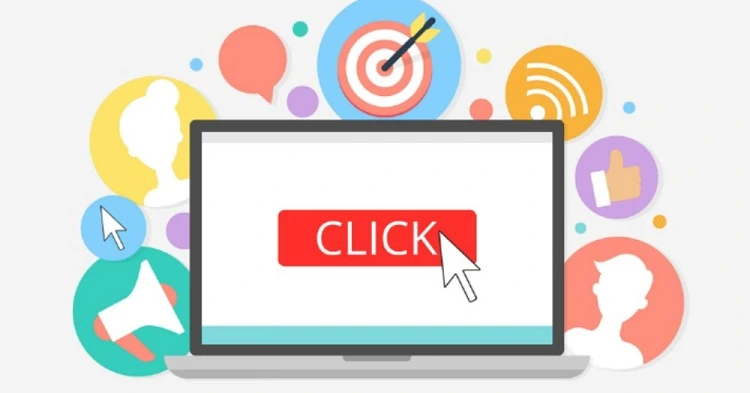
11 golden tips you need to know about blog
How to write a CTA?
1. Identify an action
Understanding your desired outcome forms the foundation of crafting a compelling Call-to-Action. This crucial first step requires deep consideration of your business objectives and audience’s needs, creating a perfect intersection where both parties benefit. When identifying the action, consider your customer’s journey stage and what would naturally motivate them to take the next step.
For example, if you’re targeting top-of-funnel prospects, your desired action might be to subscribe to a newsletter or download an educational resource. Mid-funnel prospects respond better to actions like requesting a product demo or signing up for a free trial. The key is aligning the action with your audience’s current needs and readiness.
Consider the psychological triggers that drive decision-making. Are your customers motivated by fear of missing out, desire for improvement, or need for problem-solving? Your identified action should resonate with these underlying motivations. Remember that clarity is paramount – the action should be specific, achievable, and valuable to your audience. Instead of generic actions like “Learn More,” consider particular actions like “Download Your Free Marketing Template” or “Start Your 30-Day Trial Today.” Vancouver’s top marketing companies consistently emphasize the importance of A/B testing in CTA optimization.
2. Determine the location
The placement of your CTA can significantly impact its effectiveness. Strategic positioning requires understanding user behavior patterns and the natural flow of your content. Think of your CTA placement as strategic signposts along the user’s journey through your digital space.
Consider the F-pattern and Z-pattern reading behaviors common in digital content consumption. High-converting CTAs often appear above the fold, in natural stopping points within content, or at moments of high engagement. Multiple CTAs might be necessary for longer content pieces, each strategically placed to catch users at different stages of content consumption.
The context surrounding your CTA matters just as much as its location. The content leading up to the CTA should build value and create anticipation for the action you’re requesting. For example, if your CTA appears after a compelling case study, its placement leverages the momentum of that success story. Remember that mobile optimization is crucial – your CTA’s location should work seamlessly across all devices, maintaining its visibility and accessibility regardless of screen size. Our media agency has transformed countless Vancouver businesses through strategic CTA placement and optimization.

3. Use action words
The power of your CTA lies significantly in its language, particularly in the action words you choose. These verbs are psychological triggers that prompt immediate response and create a sense of urgency or excitement. Strong action words cut through the noise and communicate what you want your audience to do.
Instead of passive or weak verbs, opt for powerful, decisive action words that inspire confidence and motivation. Words like “Discover,” “Transform,” “Unlock,” and “Accelerate” not only describe the action but also imply the benefit awaiting the user. Choosing words that align with your brand voice while maintaining enough energy to prompt action is key.
Consider the emotional impact of your chosen action words. “Join” creates a sense of community, while “Get” implies immediate value acquisition. “Start” suggests the beginning of a journey, and “Build” means empowerment. Pair these action words with time-sensitive phrases or benefit-oriented language to create compelling CTAs. For instance, “Start Your Free Trial Today” combines urgency with value, while “Transform Your Business Now” pairs action with immediate impact. Working with a professional marketing company ensures your CTAs align with local market demands and global best practices.
4. Offer incentives
Creating compelling incentives transforms your CTA from a simple request into an irresistible proposition. The key lies in understanding what motivates your target audience and crafting offers that address their specific needs, pain points, or aspirations. Your incentive should create a transparent value exchange that makes taking action feel like an obvious choice.
Effective incentives go beyond introductory discounts or free trials. Consider offering exclusive content, early access to new features, limited-time bonuses, or specialized tools that solve specific problems. The key is making the incentive relevant and valuable enough to overcome any hesitation in taking action. For example, instead of a generic “Sign up for our newsletter,” try “Get our exclusive industry report – only available to subscribers.”
Remember that perceived value often matters more than monetary worth. Sometimes, the promise of immediate access, exclusive knowledge, or being part of a select group can be more motivating than financial incentives. Your incentive should also align with your brand positioning and target audience expectations. High-end brands focus on exclusivity and premium experiences, while value-focused brands emphasize immediate cost savings or practical benefits. The media company ecosystem in Vancouver requires a nuanced approach to CTA development and implementation.
CTAs and A/B Testing
The art of perfecting Call-to-Action elements through A/B testing represents a fascinating intersection of psychology, design, and data analysis. A/B testing, or split testing, is your scientific method for understanding what truly resonates with your audience, moving beyond gut feelings to data-driven decisions.
When conducting A/B tests for CTAs, think of yourself as a scientist in a digital laboratory. Your CTAs are essentially hypotheses about what will drive user action, and each test provides valuable data to refine these hypotheses. This systematic approach involves testing different variations of your CTA against each other, with only one element changed at a time to ensure precise, actionable results.
Consider the various elements you can test: the button color might shift from blue to green, the text might change from “Start Your Journey” to “Begin Your Adventure,” or the placement might move from mid-page to the sidebar. Each variation represents a potential path to better engagement, and through careful testing, you can discover which path leads to the highest conversion rates. As Vancouver’s premier advertising company, we’ve mastered crafting CTAs that speak to the local market.
The process requires patience and precision. Start by establishing a clear baseline – your control version – and then create variations that challenge specific assumptions. For instance, test a time-sensitive phrase against your standard CTA if you believe that urgency drives action. Track metrics like click-through rates, conversion rates, and user behavior patterns to understand the impact of each change.
Remember that A/B testing isn’t a one-and-done process. Markets evolve, user preferences shift, and what works today might need adjustment tomorrow. Successful businesses maintain a continuous testing cycle, always seeking to understand and adapt to their audience’s changing needs and behaviors.
Furthermore, consider the context of your tests. Different audience segments might respond differently to various CTA elements. A test might reveal that professional audiences prefer straightforward, benefit-focused CTAs, while creative industries respond better to imaginative, emotionally driven language. This understanding allows you to segment your approach and tailor CTAs to specific audience groups. Successful marketing agencies in Vancouver understand that effective CTAs must reflect the city’s diverse business landscape.
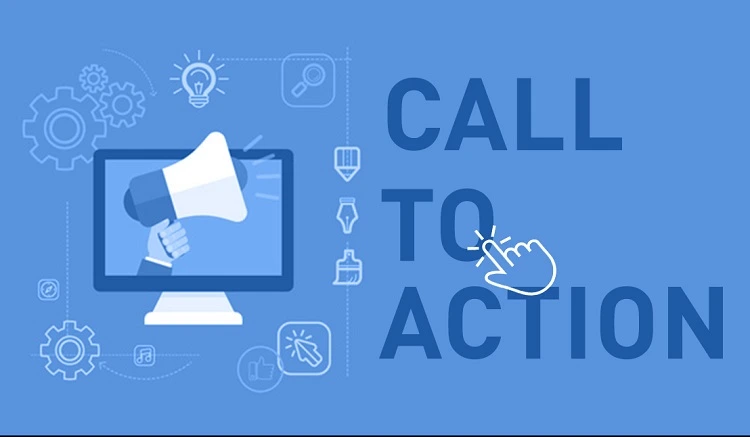
20 Call to Action Example
Understanding effective CTAs requires examining real-world examples that have proven their worth in different contexts. Let’s explore twenty compelling CTAs, understanding why they work and how they drive user engagement across various industries and purposes.
- “Start Your Free Trial” is a classic example of combining action with a value proposition. “Free” eliminates risk barriers, while “start” implies an easy first step into a more significant journey. This CTA works particularly well for software services and subscription-based products.
- “Get Your Custom Quote” personalizes the experience immediately. Emphasizing “your” and “custom” suggests individualized attention and solutions tailored to specific needs. This approach proves especially effective in service industries and B2B contexts.
- “Join 10,000+ Happy Customers” leverages social proof while creating a sense of community. The specific number adds credibility, and “happy” addresses potential concerns about satisfaction. This type of CTA works well when building trust is crucial.
- “Download Your Free Guide Now” combines immediacy with value. “now” creates urgency, while “Free Guide” promises immediate value. This CTA effectively captures leads in exchange for valuable content.
- “Schedule Your Discovery Call” suggests a personal conversation rather than a sales pitch. The term “discovery” implies learning and exploration, making it less intimidating than “consultation” or “sales call.”
- “Claim Your 20% Discount Today” pairs a specific benefit with urgency. The precise percentage makes the offer tangible, while “today” encourages immediate action.
- “Transform Your Business Strategy” speaks to aspirational goals. This emotionally charged CTA appeals to desires for improvement and success and is particularly effective for professional services.
- “Reserve Your Spot—Limited Seats Available” combines exclusivity with scarcity. This creates urgency while implying value through limited availability, making it perfect for events or limited-time offers.
- “See Results in 30 Days” makes a specific, time-bound promise. This CTA works well when you can demonstrate concrete benefits within a defined timeframe.
- “Get Started—It’s Free” removes financial barriers while encouraging action. Its simplicity and clarity make it particularly effective for initial user engagement.
- “Unlock Premium Features” suggests exclusive access and enhanced value. This CTA works well for upselling or converting free users to paid tiers.
- “Join the Waitlist” creates exclusivity and anticipation. It works particularly well for product launches or limited-availability services.
- “Take the Quiz” offers interactive engagement. This low-commitment CTA satisfies curiosity while potentially gathering valuable user data.
- “Watch the Demo” provides a visual promise. It’s particularly effective when your product or service benefits from visual explanation.
- “Build Your Package” offers customization and control. This CTA works well for services with multiple options or tiered pricing structures.
- “Get Instant Access” promises immediate gratification, which appeals to users seeking quick solutions or immediate value.
- “Save Your Spot” creates a sense of reservation and security. It works well for events, webinars, or limited-time offerings.
- “Explore Solutions” invites discovery without pressure. This softer CTA works well for complex products or services requiring more consideration.
- “Calculate Your Savings” offers personalized value insight. This interactive CTA works particularly well for financial services or efficiency-focused products.
- “Start Creating Today” empowers immediate action. It works well for creative tools or platforms where users can immediately produce something valuable.
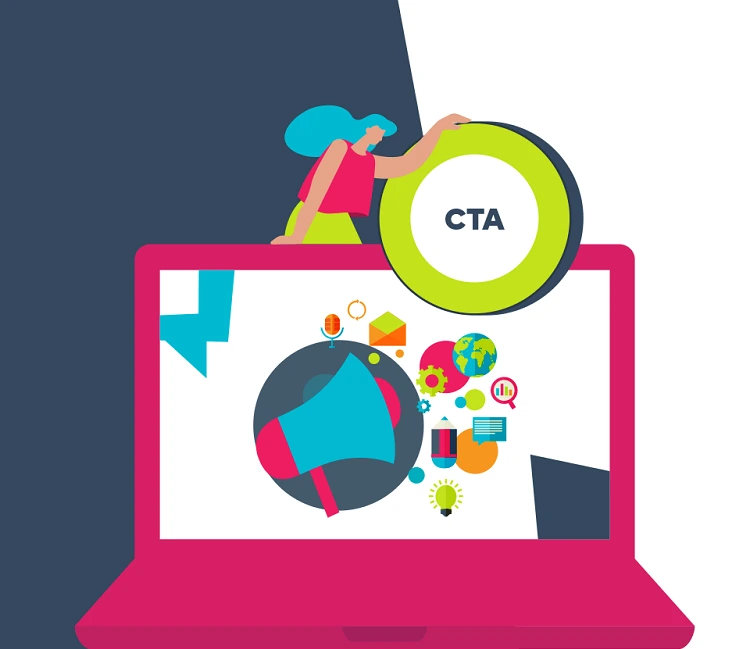
Conclusion
Mastering call-to-action elements represents an ongoing process of refinement and optimization. As we’ve explored throughout this guide, effective CTAs go far beyond simple button design or text selection—they embody the perfect intersection of user psychology, business objectives, and valuable user experience. The most successful CTAs feel less like promotional elements and more like helpful guidance, naturally leading users toward actions that benefit them and your business.
Remember that the digital landscape continuously evolves, bringing new opportunities and challenges in capturing and maintaining user attention. Your CTAs must similarly evolve, adapting to changing user behaviors and preferences while maintaining their core purpose of facilitating meaningful engagement. Through careful testing, analysis, and refinement, your CTAs can become powerful tools that drive conversions and enhance the overall user experience of your digital presence. Our social media agency expertise helps Vancouver businesses create CTAs that drive meaningful engagement across all platforms.
FAQs about Writing a Call to Action
1. What makes a CTA effective?
A compelling CTA combines several key elements working in harmony. First, it employs clear, action-oriented language that tells users exactly what to expect. Second, it creates a sense of value or urgency that motivates action. Third, it stands out visually from surrounding content while maintaining brand consistency. Most importantly, a compelling CTA aligns with the user’s current stage in their journey, offering something relevant to their needs and interests.
2. Should I use multiple CTAs on one page?
While using multiple CTAs can be effective, strategic placement is crucial. Think of CTAs as guideposts along your user’s journey through your content. Consider placing CTAs at natural decision points for longer pages where users might be ready to take action. However, avoid overwhelming visitors with too many options – each CTA should serve a specific purpose and target different user intentions or stages in the conversion funnel.
3. How do I know if my CTA is working?
Success measurement involves tracking several key metrics. Click-through rates (CTR) show how many people interact with your CTA. Conversion rates reveal how many of those clicks lead to desired actions. Heat maps and user recordings can provide insights into how visitors interact with your CTAs. Regular A/B testing helps optimize performance by comparing different variations. Remember that “working” means different things for other goals – a newsletter signup CTA might have different success metrics than a purchase CTA.
4. What colors work best for CTA buttons?
Color choice depends heavily on your website’s design, brand guidelines, and psychological factors. The most crucial aspect is contrast – your CTA should stand out from its surroundings while maintaining visual harmony. Traditional wisdom suggests colors like orange, green, and blue often perform well, but what works best depends on your context. Consider conducting A/B tests with different colors while maintaining consistent branding elements.
5. How long should my CTA text be?
The ideal length balances clarity with brevity. Think of your CTA text as a mini-pitch – it should be long enough to communicate value but short enough to grasp quickly. Generally, aim for 2-5 words that combine an action verb with a clear benefit. For example, “Start Your Free Trial” works better than “Click Here” or a lengthy explanation. The key is making every word count while maintaining clarity about the action and its value.

